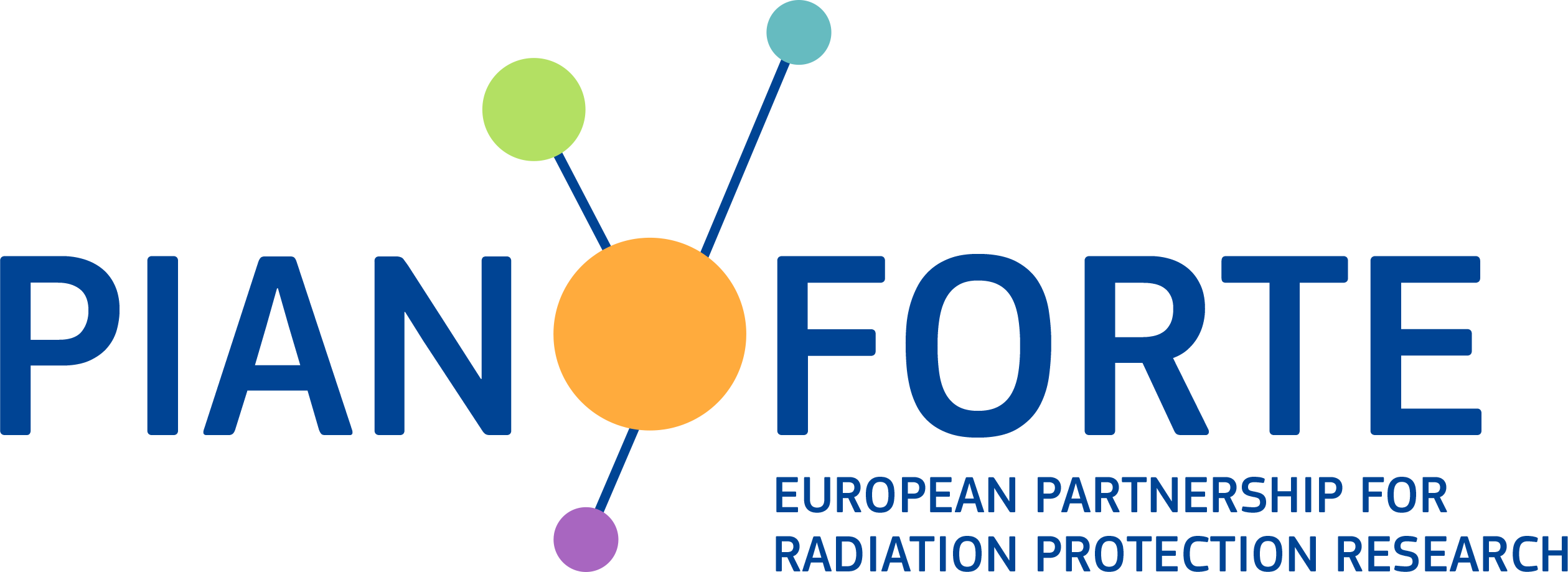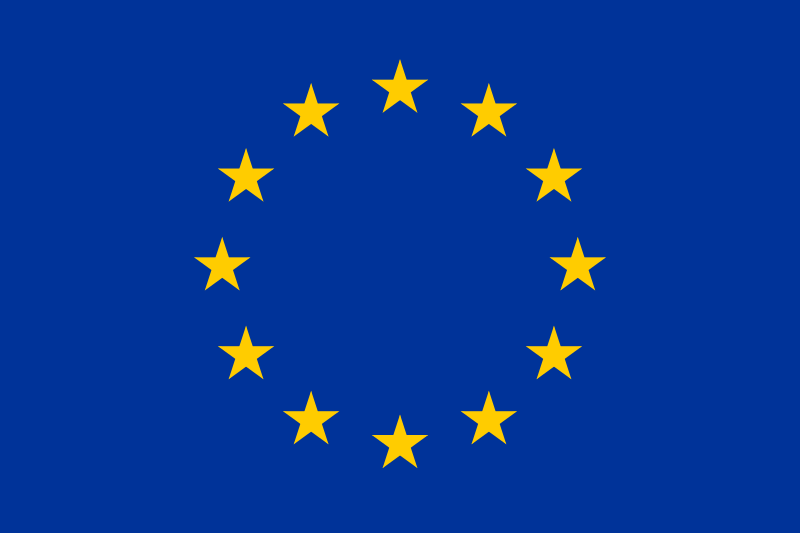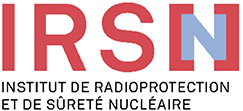The impact creation task will ensure that the results/knowledge created by PIANOFORTE reaches the appropriate target groups to improve radiation protection in the EU. It will use the stakeholder network set-up within WP3 and collaborate closely with WP3.
The task is divided into 6 subtasks, the first of which aims at applying metrics to measure the impact of PIANOFORTE by comparing the level of relevant competence in the EU before and after the partnership.
The aim of subtasks 2-5 is to assure that tangible PIANOFORTE results are received by the relevant stakeholders.
The final subtask will assist researchers in forming strong consortia that will apply for projects via open calls, maximizing the research impact.
Lead: SU; IRSN, CEPN, SURO, BfS, CIEMAT, CEA, EK, NNK, RIVM, DSA, NMBU, EIMV, DH-PHE, ALLIANCE, EURADOS, EURAMED, MELODI, NERIS, SHARE

 Subtask 6.4.1 Measuring impact
Subtask 6.4.1 Measuring impact
- M1-M8: To define metrics for measuring impact.
- M8-M14: To map competence in radiation protection in the EU (radiation protection institutes and radiation protection research groups) and apply metrics (situation at the beginning of PIANOFORTE). Input will come from Sub-task 2.3.4 (WP2).
- M60: Apply metrics to measure impact (situation at the end of PIANOFORTE).
Lead: SU

 Subtask 6.4.2 Impact creation via stakeholders
Subtask 6.4.2 Impact creation via stakeholders
The objective is to organise annual web meetings of PIANOFORTE beneficiaries and SAB members to present the development of PIANOFORTE and its impact on radiation protection in the EU.
This subtask will be performed in collaboration with WP3.
Lead: BfS

 Subtask 6.4.3 Impact creation via national representatives to EURATOM and the EC Scientific and Technical Committee (STC)
Subtask 6.4.3 Impact creation via national representatives to EURATOM and the EC Scientific and Technical Committee (STC)
The Subtask leader will organize show case meetings for EURATOM national representatives and the EC Scientific and Technical Committee to present the development of PIANOFORTE and its impact on radiation protection in the EU.
Lead: IRSN

 Subtask 6.4.4 Impact creation via international RP organisations
Subtask 6.4.4 Impact creation via international RP organisations
The Subtask leader (assisted by task participants) will organize show case meetings for IRPA, ICRP, ICRU, UNSCEAR, HERCA, NEA/CRPPH, EAN, ISOE, IAEA, WHO, ILO to present the development of PIANOFORTE and its impact on radiation protection in the EU, in coordination with WP3.
Lead: CEPN

 Subtask 6.4.5 Impact creation via national RP offices and organisations
Subtask 6.4.5 Impact creation via national RP offices and organisations
The Subtask leader (assisted by task participants) will organize show case meetings for European national RP offices to present the development of PIANOFORTE and its impact on radiation protection in the EU.
Lead: EK

 Subtask 6.4.6 Impact creation via projects
Subtask 6.4.6 Impact creation via projects
When open calls for projects are launched, the subtask leader (assisted by task participants) will organize information meetings for EU researcher groups about the call content and expectations to achieve impact.
This will facilitate the formation of strong research consortia, leading to results with high impact for radiation protection.
Lead: NNK






 Task 6.1 Knowledge management
Task 6.1 Knowledge management

